Roth Organics (Emmi Roth)
| Rating |  |
| Farm/Brand Headquarters | Monroe, WI |
| Products | Cheese |
| Website | www.rothcheese.com/cheese/organics/ |
| Market Area | Nationwide |
| Total Score | 260 |
This brand was not transparent in Cornucopia’s survey and follow-up investigations. Emmi Roth has multiple brands with an organic line.
We recommend you try to find another source for your organic cheese, if possible. If not possible, even low-quality organic milk has been shown to contain no residues of antibiotics, and toxic pesticides, while the risk of those residues being present in conventional milk is high.
| Criteria | Points | Comment |
|---|---|---|
| TOTAL (possible score is 1600 plus extra credit) | 260 | 1-Cow Rating | Poor  |
|
Farmstead dairies earn the most points. Corporations that have a history of skirting the organic rules receive the fewest. Ownership structure | 0 | Unknown |
|
Farms that produce 100% of their milk receive the most points. Milk from "open market" or known confinement dairies receive the fewest. Milk Supply | 50 | Organic milk is supplied from small to mid-sized farms |
|
100% organic farms receive the most points. Split operations with conventional dairy on the same property receive the fewest. Organic Production | 50 | Parent brand produces conventional and organic products, investigation shows no split herds |
|
Farms that completed the survey in detail received the most points.
Disclosure of Information for Verification | 0 | Did not participate |
|
Points determined by integrity of the brand’s organic certifier. Organic Certification | 80 | Handling certificate with QAI |
|
Animal Welfare Approved and Biodynamic certifications receive the most bonus points. Producers are not penalized for not having additional certifications beyond organic. Other Labels/Standards | 0 | Unknown |
|
100% grass-fed with independent verification of standards Grass-fed | 30 | Meets minimum USDA standards for DMI |
|
No points are given for this but the information may be useful to certain consumers looking to avoid soy. Soy Free Ration? | No answer. Soy is likely used in feed. | |
|
Sliding scale based on policies, enforcement, acreage/cow, days/year on pasture, and permissible exemption. Pasture | 50 | Smaller herd sizes indicate minimum standards are being met |
|
One time/day receives the most points. Two times per day is standard. Times Milked | 0 | Unconfirmed |
|
Lower cull rate scores better, with under 10% receiving the most points. Cull/death Rate | 0 | Unconfirmed |
|
Farms with closed herds receive the most points. Farms that sell organic calves and buy conventional replacements receive the fewest. Replacements | 0 | Unconfirmed |
|
Standard practice is removing calves shortly after birth, with extra points given for unique ways of managing calves
Calves | 0 | Unconfirmed |
|
Farms that prohibit antibiotics receive the most points. Farms that allow young stock to receive antibiotics (under one year), receive the fewest.
Antibiotic Use | 0 | No answer; animals given antibiotics may be introduced back into food stream after withdrawal times. |
|
No hormones is the standard, however some farms do use oxytocin for therapeutic purposes. Hormone Usage | 0 | No answer; hormones may be used therapeutically |
|
Farmstead dairies (owner lives on-site) receive the most points. Fewer points are given as oversight declines. Farm Support | 0 | Unconfirmed |
|
All ingredients sourced from inside the organization or on the farm receives the highest points. Ingredients from confinement factory farms and/or imported ingredients receive the fewest. Procurement of Ingredients | 0 | Unconfirmed |
|
Various levels of extra credit given for 1) providing full organic systems plan, 2) providing details on all farms (multi-farm brands, details on largest five required), and 3) sourcing feed on-farm or domestically. Extra Credit | 0 | None |

